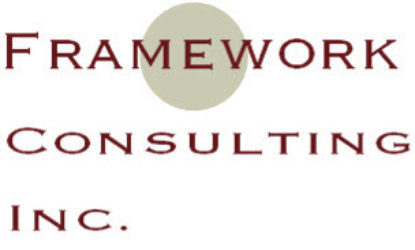A turbulent world demands game-changing strategies. Companies must stand out, yet executives quickly discover that setting exaggerated goals has its limits. How can you inspire staff and board members with ambitious aspirations while maintaining credibility?
Case in Point: You anticipate breakthroughs during strategic planning retreats. Instead, you’re met with the same old ideas. Why? Tentative thinking holds everyone back.
You want your team to think in lofty, inspirational terms. But motivating bold action in just a few hours is a tough challenge. Even when the business urgently needs leadership, making courageous moves is easier said than done.
You wonder, “Is there a way to escape the extremes?” Can you encourage big thinking without retraining your senior team? Try the strategy compression technique.
Establish Equity with Ground Rules
Imagine this: A CEO interrupts a retreat to make a surprise announcement. After much deliberation, he’s decided on the “perfect” targets and timelines. Cutting the discussion short, he commands, “Focus on how we get there.”
At first glance, it seems efficient. In reality, it’s bullying.
By hijacking the process, the CEO forces colleagues into a subordinate role, stripping them of their ability to make meaningful decisions. To prevent this, establish ground rules that ensure equity during the retreat.
These rules should define how discussions are conducted and decisions made. Include pre-defined steps to address rule violations.
A CEO should recognize their unique role. They think about strategy daily, unlike others who need more time to shift into strategic thinking. Patience is key.
Overcoming Old-Style Thinking
Many executive teams lack experience with effective game-changing strategic planning. Yet, they’re all too familiar with the pitfalls of lofty goals—and the ridicule that follows when aspirations seem unrealistic.
This fear prompts leaders to think small, focusing on three-to-five-year horizons. During retreats, this mindset stunts ideation, limiting creativity. Instead of seizing opportunities for bold, pre-emptive thinking, they settle for mundane logic and uninspiring goals.
What’s the cost?
Look at Blackberry, Nokia, and Ericsson. They once dominated the mobile phone market but lost their edge due to overly cautious thinking. Despite vast resources, these companies fell into comfortable ruts, leading to their decline.
To change expectations, inform your team that they’ll be engaging in game-changing, pre-emptive planning. Then, introduce the Expand-Compress Technique.
The Expand-Compress Technique
Once you’ve set the right tone, choose a target year 15-30 years in the future. A horizon like 2050 forces the team to move beyond business-as-usual thinking.
Start by brainstorming a range of desired outcomes that collectively form a breakthrough vision for that year.
Next comes the magic: creating milestones from the present to 2050. These should be realistic. How? Backcast from the future to the present, and develop mini-plans to achieve these milestones. The result is a “Merlin Chart.”
Now, take a collective pause. Ask, “How can this chart be compressed?”
This is a delicate step. Why?
If a CEO pushes too hard, the plan becomes unrealistic, breaking the cause-and-effect logic of the Merlin Chart. However, a cohesive team can challenge assumptions from various perspectives—finance, operations, marketing, etc. The chart belongs to everyone.
Compression isn’t about being reckless. It requires rigor to avoid unrealistic goals. The aim is to stretch the model without breaking it.
When done right, every participant can stand behind the compressed Merlin Chart. By negotiating timelines and trade-offs openly, the resulting strategy becomes a shared vision. This ownership significantly boosts the likelihood of successful implementation.
The Result
While contentious, the compression process allows you to aim for lofty aspirations. By blending bold vision with careful planning, you can inspire your team to reach new heights.

